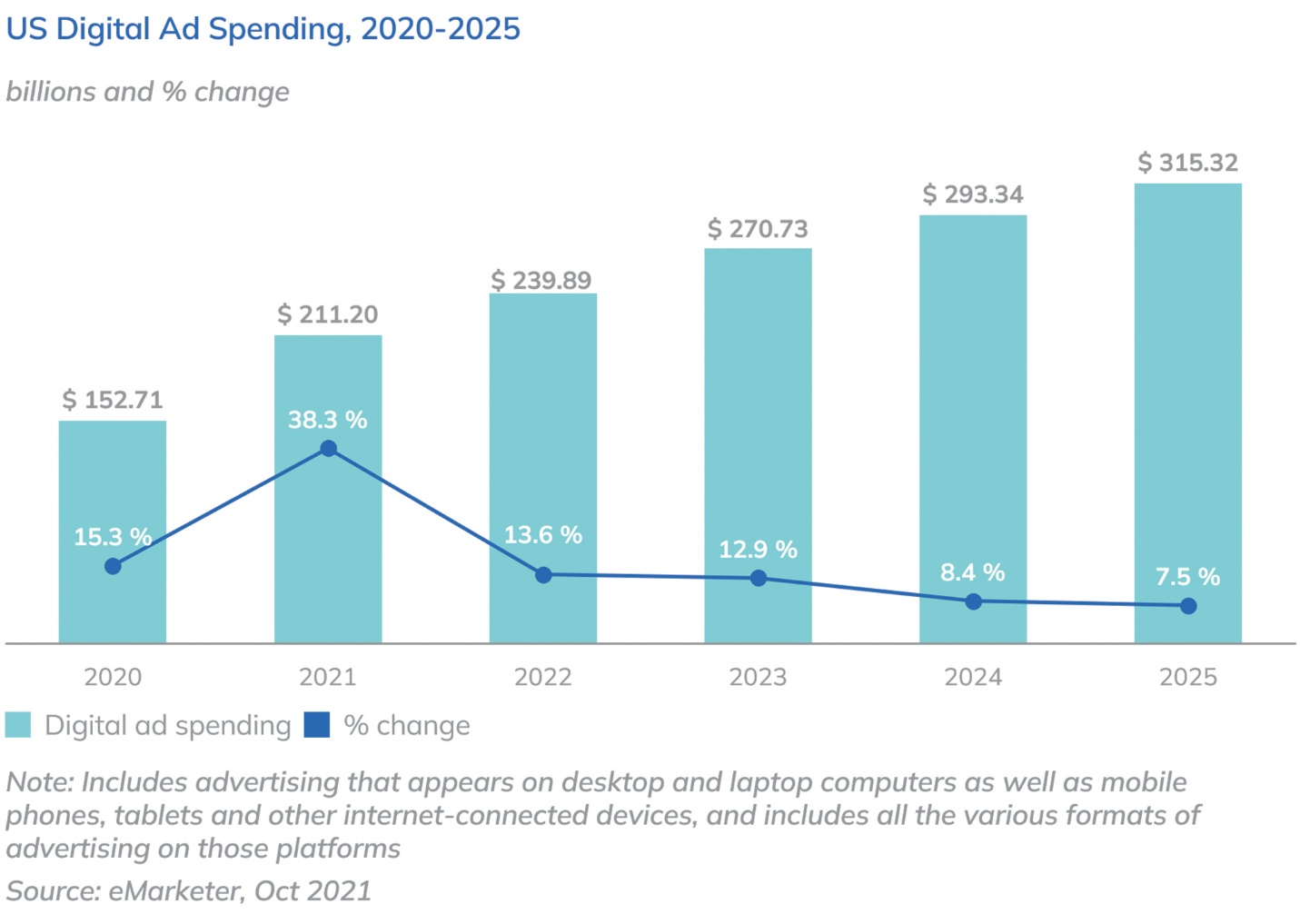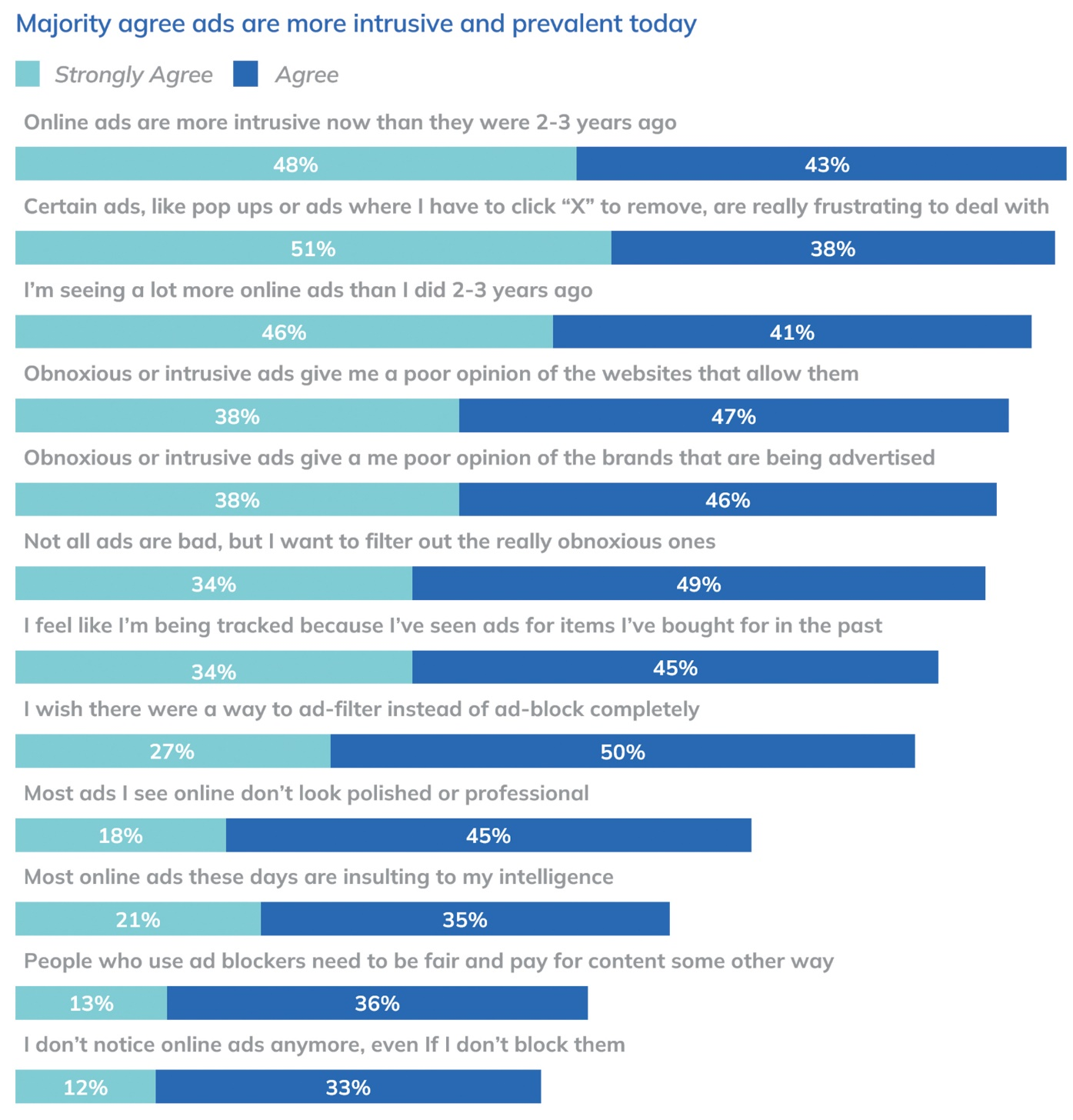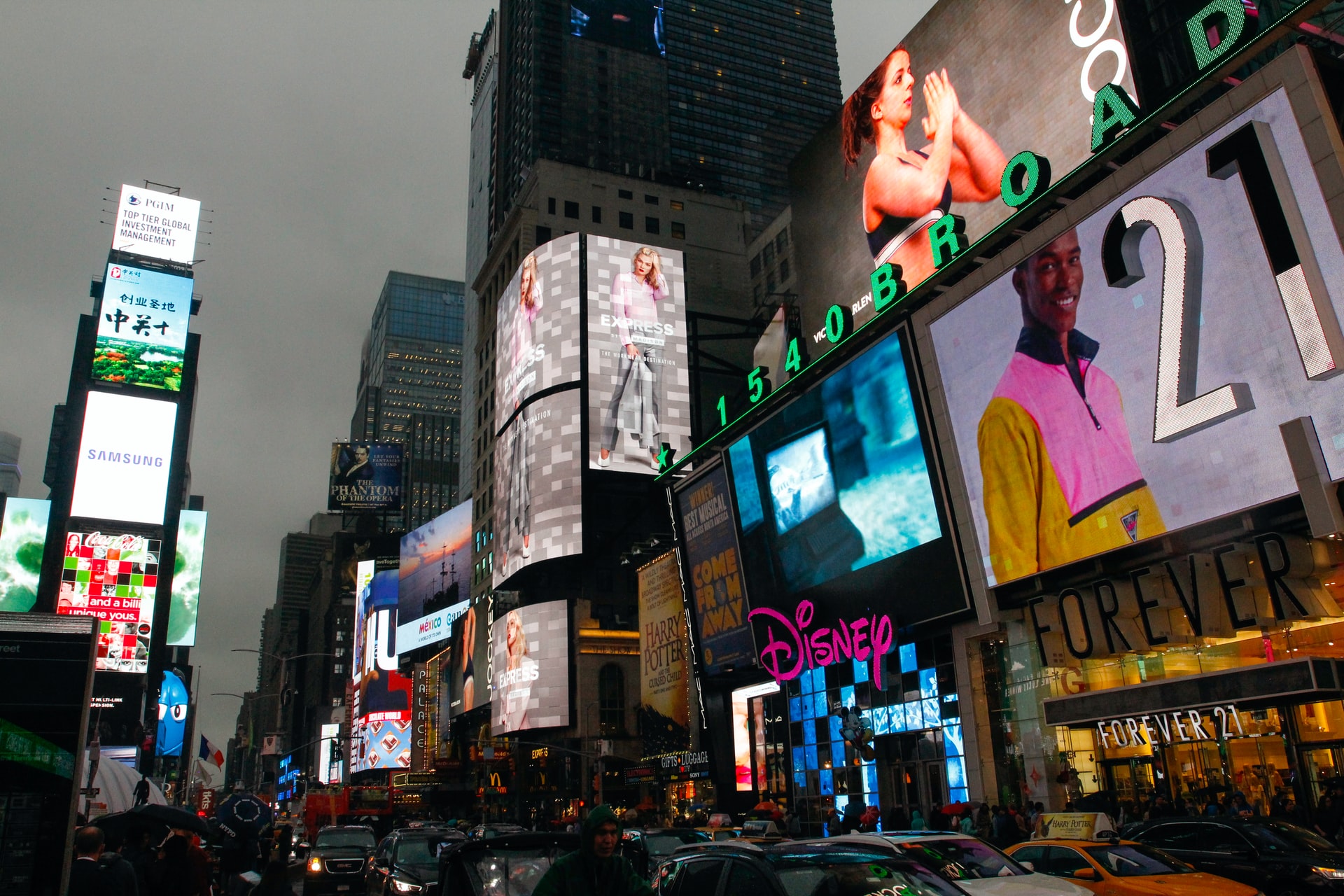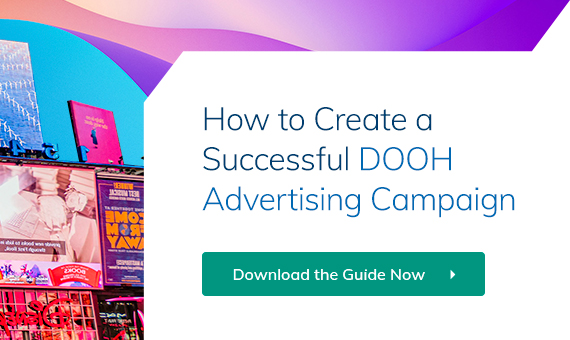Outdoor advertising is one of the oldest forms of advertising – and is still one of the most effective ways to reach mass audiences and promote your business. It’s come a long way from posters nailed to lampposts, however.
Today, there are many different types of outdoor advertising available to marketers – ranging from mobile ads on the sides of buses and taxicabs all the way up to 50+-feet tall digital billboards.
In a world where consumers are being bombarded with hundreds of online ads every time, they open their laptop or smartphone – yet paying attention to very few (if any) of them – advertisers need a way to make sure their advertising dollars are generating a return.
Studies show that over 80% of consumers experience banner blindness – a phenomenon whereby web users either consciously or subconsciously ignore online advertisements. Yet digital ad spend continues to rise. 2021 was a record year for digital ad spending ($211.2 billion) – and the forecast is for continued year-on-year growth to 2025.

(Image source: emarketer.com)
These are astonishing figures to be spending on a medium that consumers are either blind to, purposefully block using online ad blockers, or find intrusive to the point that the ad actually gives the viewer a negative opinion of the brands and websites that publish them.

(Image source: hubspot.com)
By contrast, the types of ads that consumers view most favorably are, in fact, offline ads such as billboard advertisements.

(Image source: hubspot.com)
What Is Considered Outdoor Advertising?
Today, there are many different types of outdoor advertising – usually referred to as out of home (OOH) advertising.
Put simply, out of home advertising is any form of advertising experienced outside of a consumer’s home. As such, OOH advertising doesn’t necessarily take place outdoors.
As well as the advertising you see in open air environments such as by the side of roads and in town and city centers, out of home advertising also includes the ads you see in indoor venues, including retail advertising in shops and grocery stores, and ads in office buildings, gyms, restaurants, bars, sports arenas, malls and entertainment venues.
The great thing about out of home advertising is that, not only is it more favorable to consumers, it also can’t be blocked like online ads can with ad blockers. Outdoor advertising is guaranteed to be seen by large numbers of consumers at times when they are most receptive to their surroundings – and that’s an opportunity advertisers can’t afford to miss.
Read more: Why Digital OOH Advertising Is So Effective Right Now
This is especially true today thanks to the growing network of digital out of home (DOOH) display screens that businesses of all sizes can now easily and affordably tap into with the power of programmatic DOOH (pDOOH) platforms.
pDOOH platforms make the process of finding the right OOH screens on which to display your ads completely effortless. Powered by anonymized mobile location data (and other data sources), pDOOH platforms allow businesses to target specific audiences with their ads based on demographics and location, as well as real-time contextual data, such as weather conditions, time of day, day of week and even traffic data or news events. This means advertisers have the power to deliver contextually relevant ads at the perfect moment when their ideal customers are in the vicinity of digital OOH display and ready to buy.
Discover more: How Does Programmatic OOH Work?
4 Need-to-Know Types of Outdoor Advertising
If you’re looking to invest in an out of home advertising campaign, here are four types of outdoor advertising need to be familiar with.
Roadside Outdoor Advertising
Roadside is one of the most prominent types of outdoor advertising. This category includes the huge digital billboards and wall displays you see next to freeways, highways and in big cities like the spectaculars in Times Square.

(Image source: unsplash.com)
It also includes the DOOH screens you see on smaller urban panels, street furniture and bus stations.
No matter the size or location, roadside outdoor advertising screens are best viewed by drivers/passengers, pedestrians, or street-level traffic. This type of outdoor advertising is known to be particularly effective. According to one study, 71% of consumers often look at advertising messages on roadside advertising and 68% say they make purchasing decisions while in the car.
Transit Advertising
Transit advertising refers to the advertising displays you see on buses, taxis, ride-sharing vehicles and in subways, airports and train stations.
The great thing about these types of outdoor advertising displays is that you have a captive audience. While consumers are waiting for – or a riding – a bus, train, taxi, Uber, or flight, they are actively looking for a distraction.
Ads provide that distraction – especially when they are animated, colorful and frequently changing, as is the case with digital OOH screens.
Studies have shown that digital video display ads capture the attention of consumers in transit – resulting in a 74% recall for ads seen at airports, 50% at train stations, and 32% in waiting areas for public transportation.

(Image source: edisonresearch.com)
Retail Advertising
Gas stations, convenience stores, grocery stores, liquor stores, malls, dispensaries, pharmacies – these are the locations where you find retail OOH advertising.
DOOH screens on shop shelves or near the point of sale are perfectly placed to grab the attention of shoppers and encourage them to make an impulse or last-minute purchase.
This can result in a real boost in sales. Digital aisle displays or screens in malls can stop shoppers in their tracks. With the right ad at the right time, a shopper may be persuaded to try something new, trade up, or take advantage of a promotional offer.
84% of shoppers admit to making last-minute purchases, with 54% of US shoppers saying they’ve spent $100 or more on an impulse buy.

(Image source: invespcro.com)
Place-Based Advertising
Also known as location-based advertising, place-based advertising allows businesses to reach consumers with targeted messages based on location. This enables advertisers to add contextual relevancy to their messages – for example, targeting gym users with sportswear ads, or hair salon customers with beauty products.
As well as gyms and salons, place-based DOOH screens can be found at nightclubs, bars, hotels, restaurants, high school and college campuses, arcades, doctor’s waiting rooms, spas, movie theatres, sports arenas, entertainment venues and banks.
The power and effectiveness of place-based advertising is driving today’s advertisers to consider DOOH advertising as part of their media plans.
According to the latest report from the Digital Place-Based Advertising Association (DPAA), 72% of advertisers had used location-based targeting in the past year, while 60% had used contextually relevant information about the environment to inform their DOOH campaigns.

(Image source: dpaaglobal.com)
Access All Types of Outdoor Advertising with The Neuron
To run a successful out of home advertising campaign, you need an easy-to-use pDOOH platform that connects you directly to premium digital screens and signage.
You need The Neuron – the go-to programmatic DOOH platform for SMBs and agencies. With real-time analytics, automated bidding and one-click upload and go-live processes for your advertising campaigns, The Neuron will bring you success with all types of outdoor advertising.


